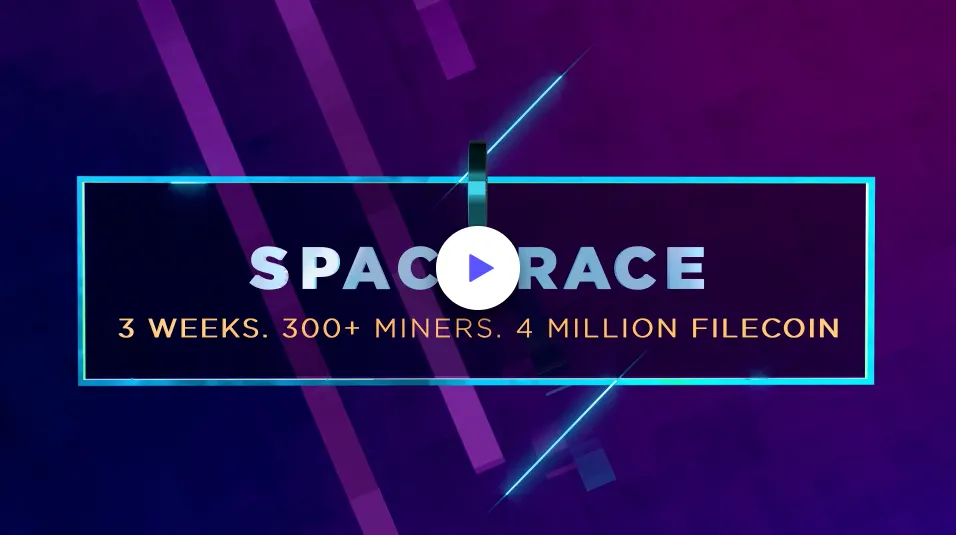Miners competing in Filecoin’s Space Race—the competition to onboard decentralized storage on its testnet–have exceeded expectations, onboarding more than 200% of the initial target.
The competition has been so successful, Filecoin (FIL) has announced a second Space Race to continue to stress-test its network until October 5, ahead of its mainnet launch.
As the first Space Race came to an end, a total of 230 pebibytes (PiB), or around 260 million gigabytes (GB) of storage was accumulated in just three weeks, prompting the Filecoin team to unlock a new tier of rewards.
Stress tests
The final week of Space Race was dominated by critical stress-testing operations. These included chain upgrades to test how fast miners could update their software, distributed randomness (drand) outages, and other critical challenges the network would face in a real-world setting.
“Chain upgrades are non-forward compatible upgrades to the protocol. Chain upgrades are very important to ensure the security of the network,” says Eric Tu of ChainSafe.
While our last episode of Space Race featured the top-performing teams, this week we turn our attention to individual miners—the oft-overlooked backbone of Filecoin’s decentralized network.
While bigger mining teams have been breaking storage records, in real-world scenarios, it’s these smaller contributors who ensure storage is served locally: everything from smaller, more remote communities to large, dense cities benefit from indy miners holding and serving files locally.
“I think this is a really big game-changer both for the internet but also in general-we see how centralized power has become. I think this has a really important role to play in the future,” said Ben H., the 9th-ranking indie miner on the European leaderboard.
Unsung heroes
So why are individual miners so critical for Web 3.0? In the Web 2.0 world, storage of the world’s information resides on the servers of giant data companies. Those server companies are effectively gate keepers—they control access to the data they host and are often concentrated in Asia, Europe and North America. The InterPlanetary File System is different.
In a decentralized web, files are distributed among storage providers around the world to eliminate single points of failure. Smaller miners can also participate in the retrieval market, pulling popular files from these bigger miners and storing them closer to the users that need them. That way they can serve them up quickly and cheaply on demand as users need them.
Back at the Space Race, indie miners contributed to an average storage success rate of 86% and an average retrieval success rate of 98%.
At the top of the leaderboard meanwhile, IPFSMain and 6Block maintained their positions at first and second. IPFS Force however, was unable to maintain its position at third, conceding the spot to STCloud&Linden.
Click on the video to see highlights from the final week.
To learn more about the decentralization of storage in Web 3.0, or more information on Space Race and Space Race 2, visit filecoin.io.
Sponsored post by Protocol Labs
Learn More about partnering with Decrypt.

